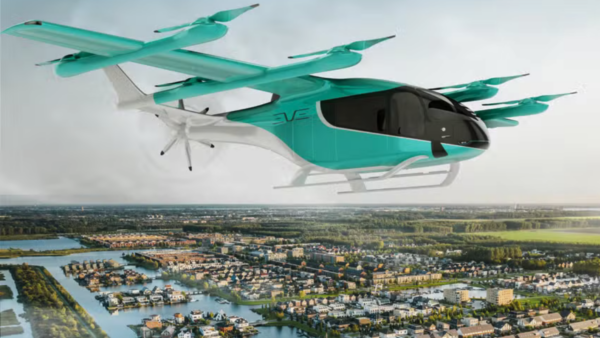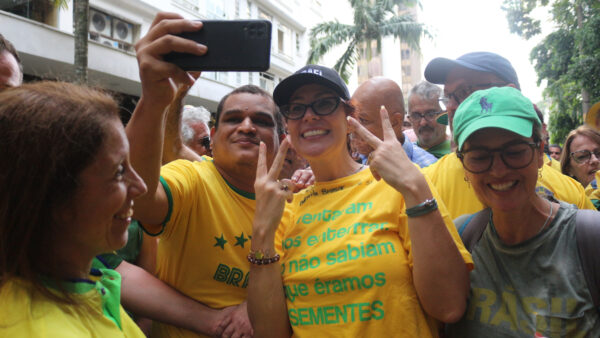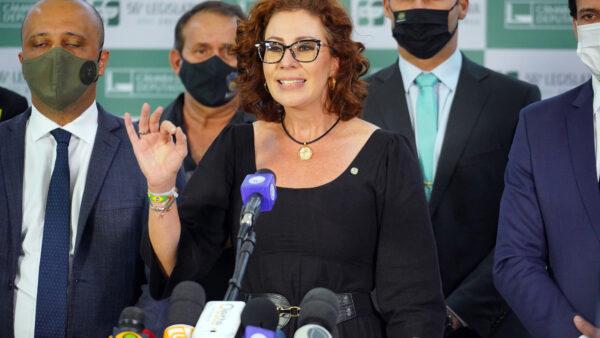One of the first impressions a first-time visitor has of Brasília, Brazil’s uniquely modernist capital city, is: where are all the people? At least, that was my impression upon alighting at the central bus station for the first time, 22 years ago, and taking a ride down the Monumental Axis — an avenue with six lanes on each side, separated by a huge grass median the size of many amateur football pitches. I always knew, even before moving to Brasília, that the Brazilian capital was unique in its urban planning — but it took me a while to get used to a place where “just around the corner” could mean somewhere 10 kilometers away. Aside from the fact that there are no corners in Brasília.
Bashing the capital city for its aloofness is a favored pastime for those based elsewhere. Indeed, Brasília, which turned 60 years old in April, offers little in the way of human interaction on its streets. You can walk for kilometers before spotting a fellow pedestrian. French philosopher Simone de Beauvoir, who visited the city in the 1960s, was unimpressed with the breathtaking magnificence of constructions such as the Congress building or the...


 Search
Search






































